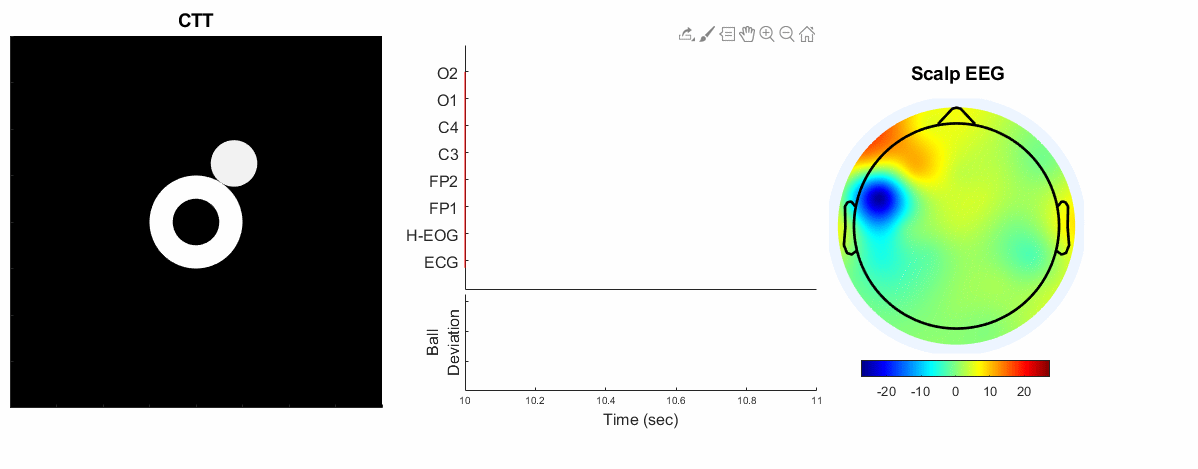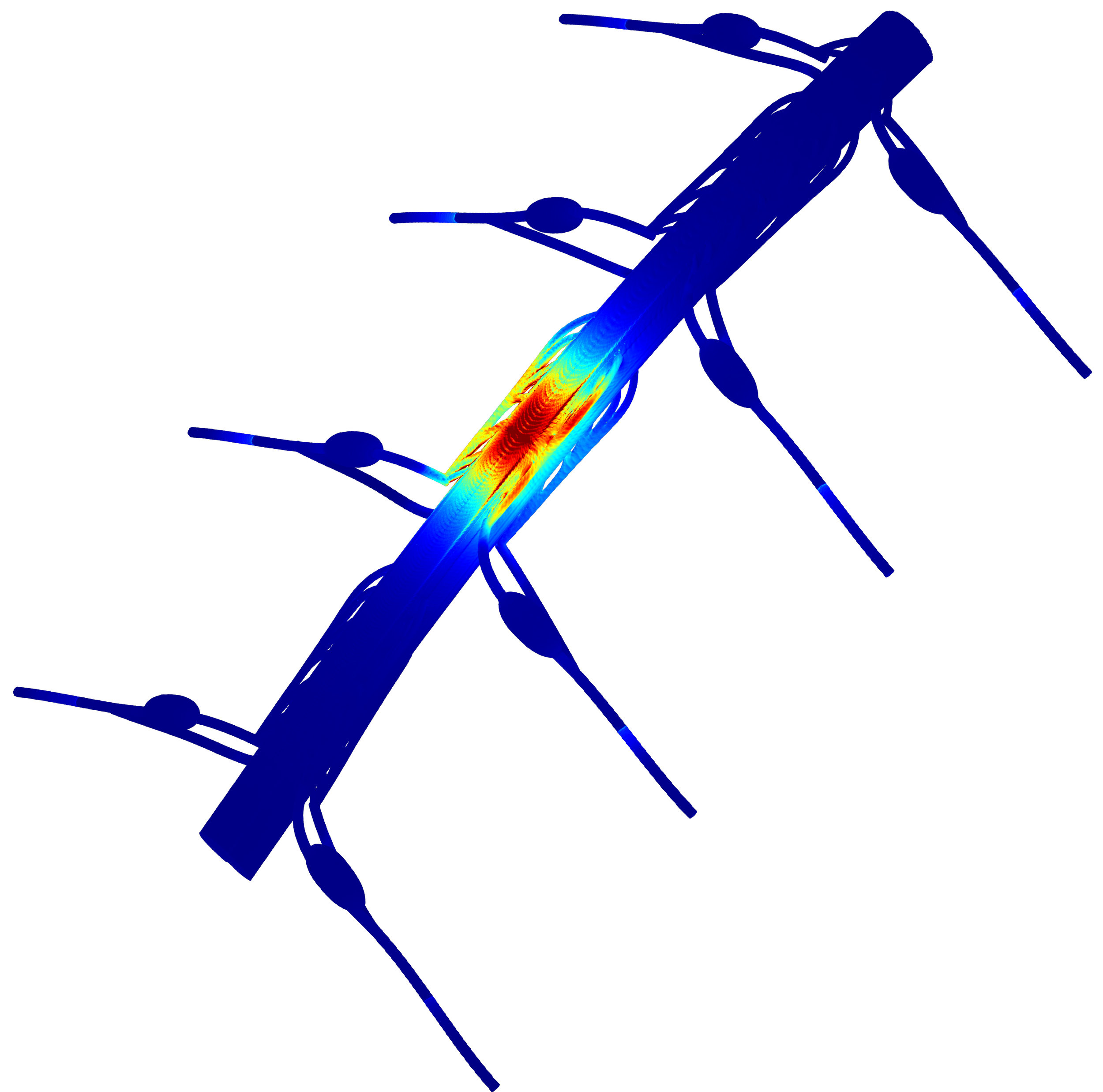A dataset combining high-density electroencephalography (EEG) with physiological and continuous behavioral metrics during transcranial electrical stimulation (tES). Data includes within subject application of nine High-Definition tES (HD-tES) types targeted three brain regions (frontal, motor, parietal) with three waveforms (DC, 5Hz, 30Hz), with more than 783 total stimulation trials over 62 sessions with EEG, physiological (ECG, EOG), and continuous behavioral vigilance/alertness metrics.
An Open-source resources for downloading RADO SCS model for computational modeling of SCS, tsDCS, DRGS, etc.
To reduce the intensive manual labor needed in correction of segmentation errors generated from SPM8, a simple and fast Matlab script has been developed for automatic post-processing of the MRI segmentation from SPM8 New Segment.
The BONSIA and SPHERES free modeling tools are live and FREE. The most advanced AND simple to use freely available modeling packages to help design TES montages including for tDCS, tACS, tRNS, and more.
This is a small software compiled from Matlab that can be used to quickly simulate tDCS on a sphere. Users can adjust the thickness of brain, CSF, skull and scalp, as well as their conductivities to see how these parameters affect the current-flow patterns inside the brain.
Currently available automated segmentation tools only provide results for brain tissues (gray matter, white matter, cerebrospinal fluid (CSF)), have a limited FOV, and do not guarantee continuity and smoothness of tissues, which is crucially important for accurate modeling of transcranial electrical or magnetic stimulation. MARS is a tool that addresses these needs.
A fully automated Realistic vOlumetric-Approach to Simulate Transcranial electric stimulation. This is an open-source tool that runs on MATLAB and calls open-source C software packages such as iso2mesh and getDP. Starting from an MRI structural image, it segments the full head, places virtual electrodes, generates an FEM mesh and solves for voltage and electric field distribution -- at 1 mm resolution all this in about 15 minutes.
storEEG is system for storing and managing large amounts of EEG data. It allows for search and selection of EEG datasets, easy exporting and epoching of data, automated management of file structures, and easy-to-use interface to label data files. Base on the standard Brain Imagin Data Structure (BIDS).
This component extraction technique was developed to analyze stimulus responses in EEG in the absence of regressors or time markers.
Eye movements during video are also similar across subjects. We have used ISC of eye-movements to cluster subjects into groups with distinct viewing patterns.
This methods can identify what the brain encodes about the stimulus while simultaneously decoding the corresponding brain activity. It is a component extraction technique that works in the absence of precise time markers. We use this to understand the EEG responses to unique experiences, such as video games.
This is an anatomically detailed segmentation of the MNI standard head extended to include structures relevant to current-flow models (CSF, skull, scalp, neck). As we show in a recent paper, the resulting lead field is identical to the TES forward model and can thus be used for TES targeting as well as EEG source localization
Collaborating with Dr. Anli Liu at NYU Medical Center, we measured electric fields in vivo intracranially during TES on 10 subjects (~1300 electrodes). These data are used to validate and calibrate the computational models of TES.
kHz-SCS heat based mechanism (NEURON model)
Content coming soon













